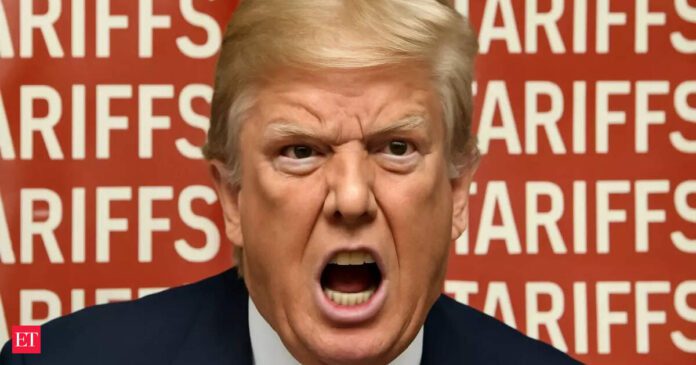A trade “truce” brought down sky-high tariff levels that the United States and China had imposed upon one another, but that is set to expire next week. The new figure by the WTO and IMF takes into account the trade deals the United States negotiated with the European Union, Japan, South Korea and other nations that have now come into force, AFP reported.
It also includes the latest tariffs unilaterally applied by the United States on Brazil, Canada and semi-finished copper imports. These deals usually included lower tariff levels than Trump threatened in April but were higher than the baseline 10-percent rate the US introduced.
The updated average tariff rate exceeds the nearly 20-percent rate that the United States applied in the 1930s, a period of high tariffs that economists widely consider behind the severity and duration of the Great Depression.
However, the WTO and the IMF estimate the average rate, which is based on trade volumes, by applying the latest rates to 2024 trade volumes.
Thus, it is an estimation as companies have already changed their behaviour by stockpiling and delaying purchases and may shift buying patterns or reduce imports in reaction to the new rates. According to the Budget Lab at Yale University, once changing consumption patterns and secondary effects are taken into account, the figure should fall towards 17.7 percent, provided Trump doesn’t make any more shock announcements.FAQs
Q1. What is full form of WTO?
A1. The full form of WTO is World Trade Organization.
Q2. What is full form of IMF?
A2. The full form of IMF is International Monetary Fund.

